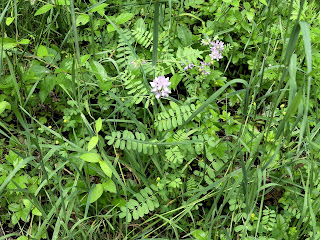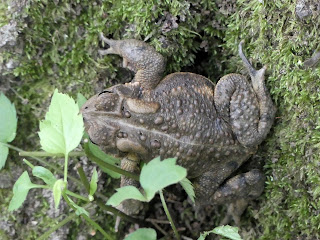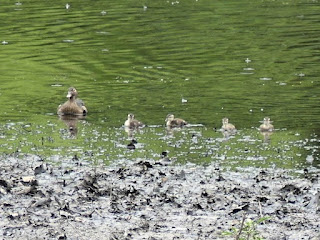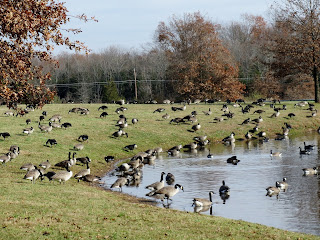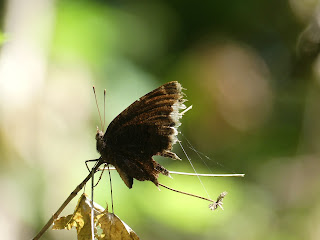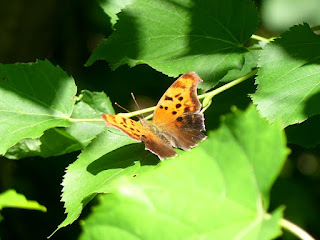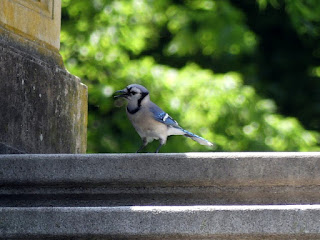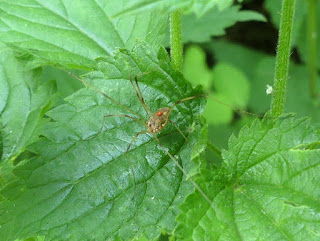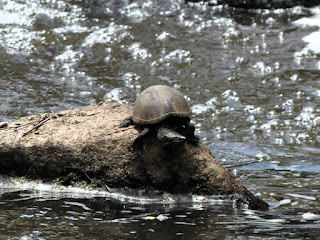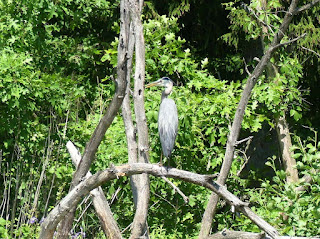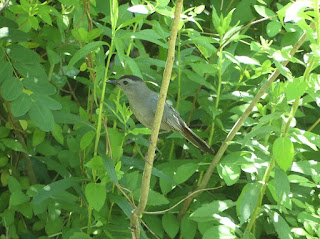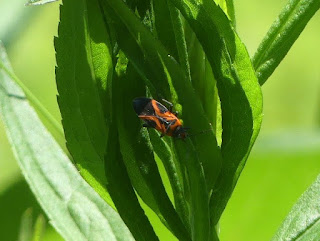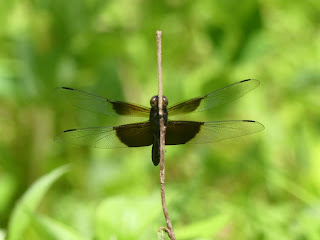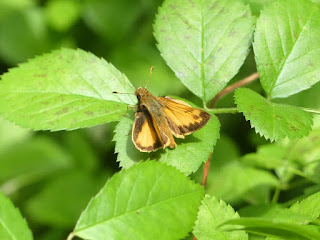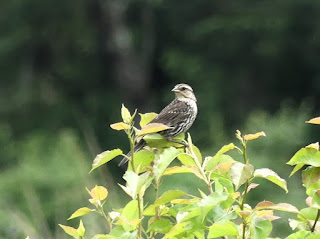Birds-foot Trefoil
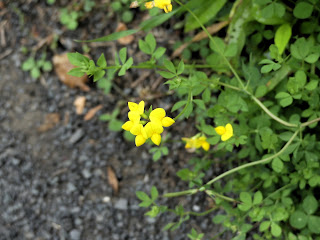
Here's another wild legume I saw a couple months ago, a Common Birds-foot Trefoil . There are some similarities to the Purple Crownvetch I talked about yesterday: They're both considered invasive in North America, and are native to Eurasia/Africa. Their flowers have a similar shape to them. They're both legumes that are sometimes used as a food source for ruminants like cows, goats, and sheep. Both have root systems that are conducive to erosion control. Note that although I suspect this is Common Birds-foot Trefoil, iNaturalist didn't give me an ID for this picture. I suspect that's because there are some other Birds-foot Trefoils that could be found around here. The leaves look wrong for this to be Narrow-leaf Birds-foot Trefoil and Horseshoe Vetch, but the difference between this and Greater Birds-foot Trefoil seems a bit more subtle (being taller and being a grayish-green in color). Lepidopterists say they rarely see butterflies on this wildflower, though the...
